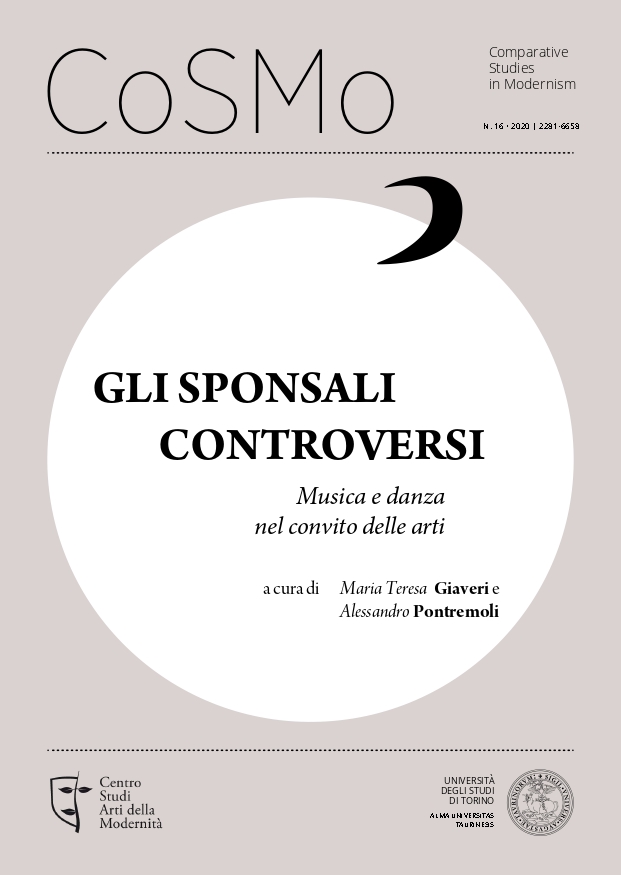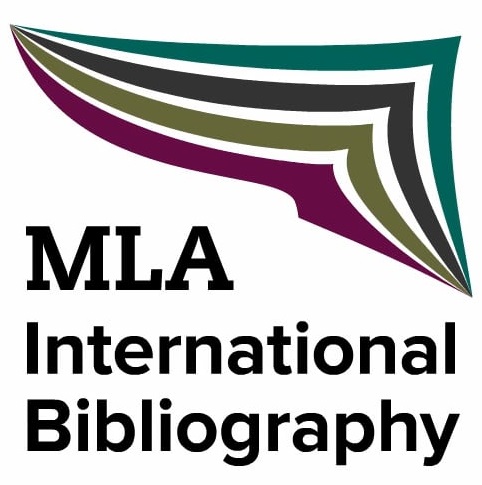Danse et littérature
DOI:
https://doi.org/10.13135/2281-6658/4651Abstract
To elaborate on the connections between dance and literature means to be confronted with the eternal dilemma between speech and action, between words which enables communication and gestures which enhance it. And whereas many points are in common between the two forms of art - search of shape, construction, rhythm, as well as in vocabulary, step alphabet, ballet grammar, modern dance syntax for dance - noteworthy differences still persist. On one hand, the writer carries out a solitary work free from boundaries and builds an imaginary world with self-imagined rules; on the other, the choreographer is a team leader, which means to be confronted with the real world of the dancers and their bodies or the technical features of the performance.
Downloads
##submission.downloads##
Pubblicato
Fascicolo
Sezione
Licenza
Gli autori mantengono i diritti sulla loro opera e cedono alla rivista il diritto di prima pubblicazione dell'opera, contemporaneamente licenziata sotto una Licenza Creative Commons - Attribuzione che permette ad altri di condividere l'opera indicando la paternità intellettuale e la prima pubblicazione su questa rivista.






